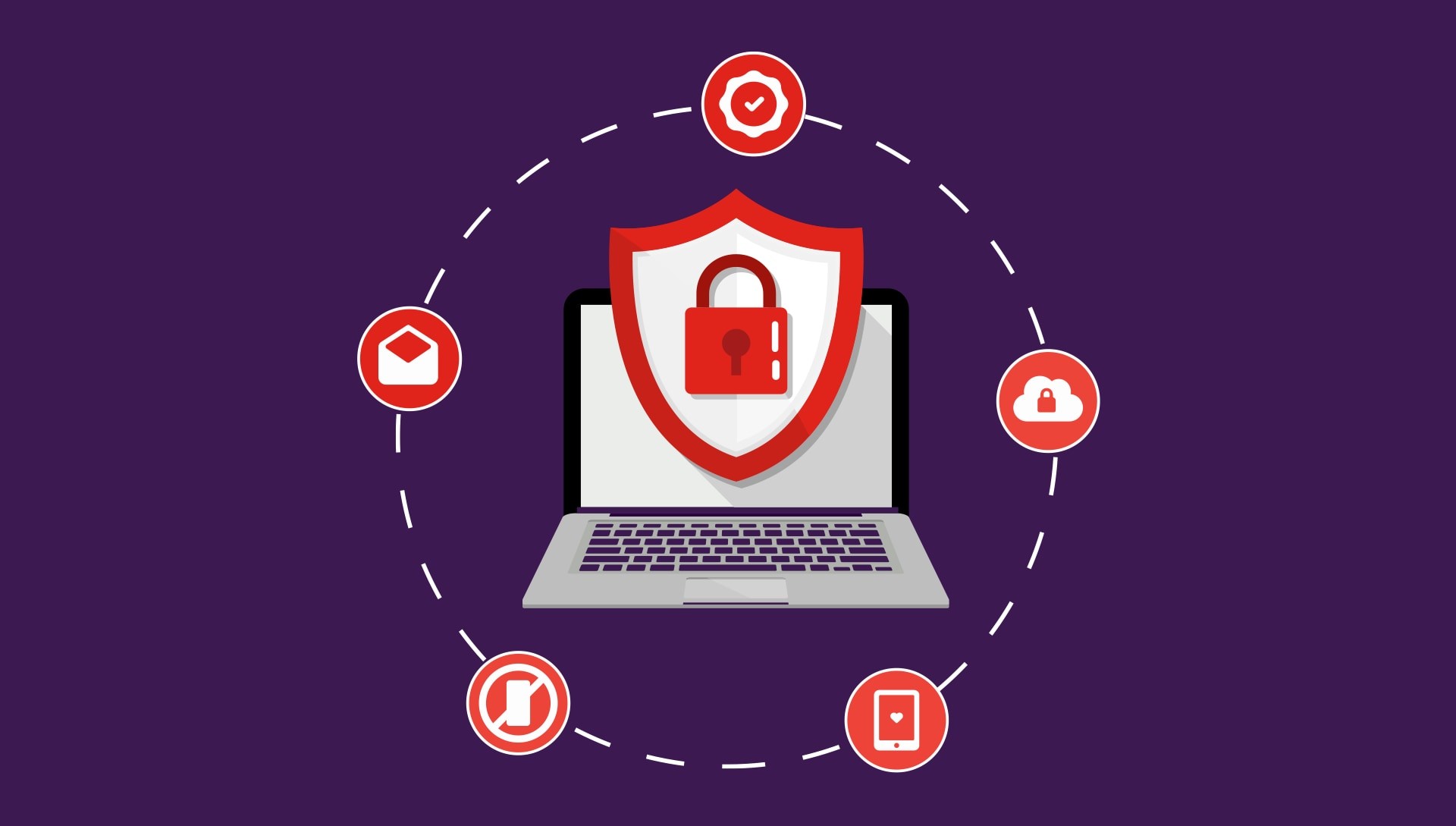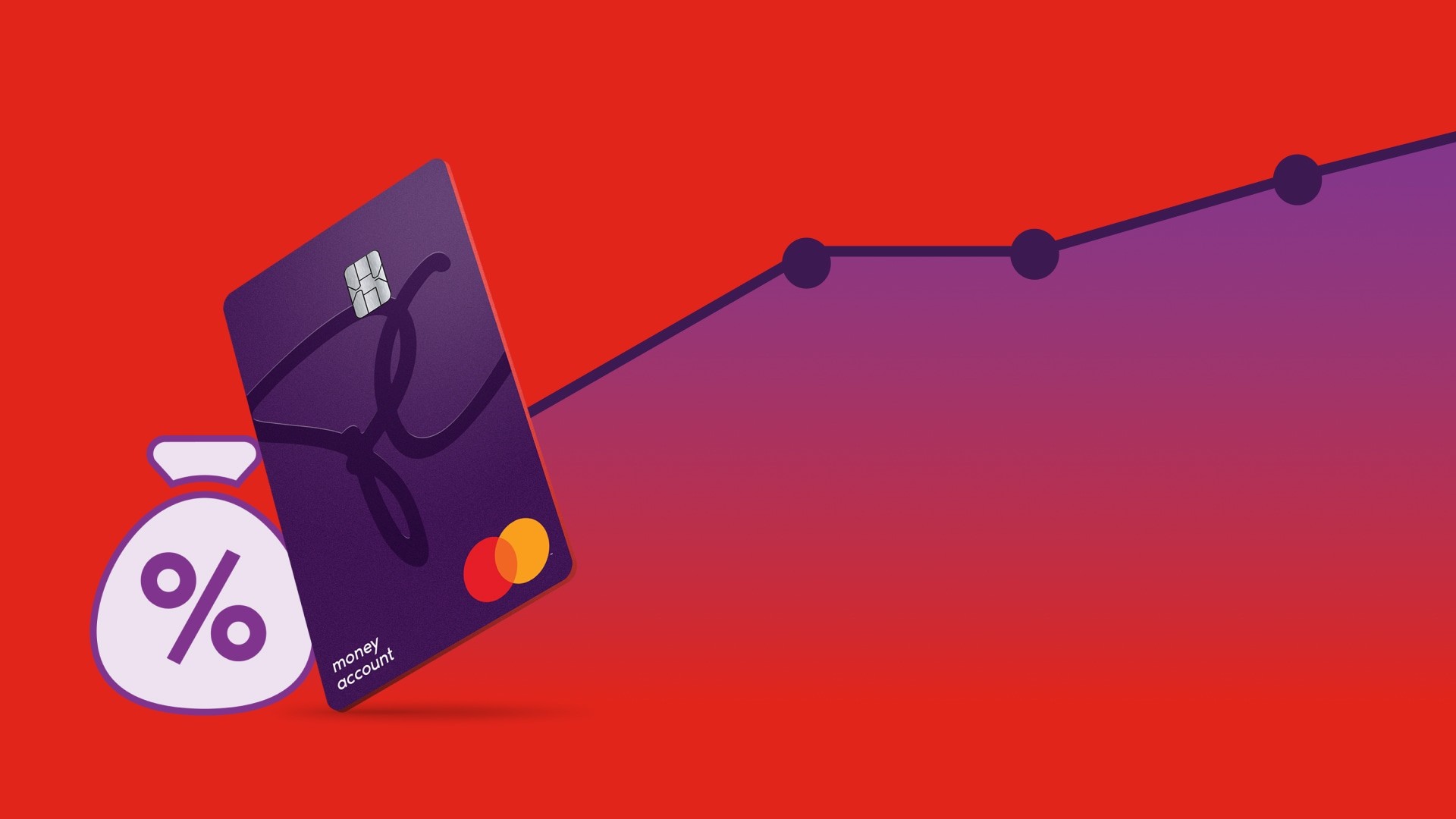5 ways to help protect yourself against fraud

Here’s a quick guide to help you steer clear of online fraud attempts. These small steps will have a big impact in helping you keep your personal information safe from scams. Remember to share this information with vulnerable friends and family, particularly the elderly, as they may be more susceptible to fraud.
1. Know the signs of fraud
Once you know the signs of fraud, you can better protect yourself. Phishing or “brand spoofing” is when scammers pose as a person or organization that you trust – potentially duplicating logos and branding. If you receive a suspicious email or text, don’t open it, and never click on any links or attachments from unknown sources. Some red flags of phishing include a misspelled domain name, a poorly written email with spelling errors, a heightened sense of urgency, or a request to enter account and personal information.
Another common tactic for scammers involves asking you to purchase gift cards in order to reimburse or help them. If you receive a phone call, email or text asking you to do this, ignore it and block the caller or sender from contacting you again.
When contacting you on the phone, or through email and text, the PC Financial® team will never ask you for your personal information. Be cautious of phone calls or emails where someone may be pretending to represent the PC Financial® team. If there’s any doubt in your mind about who you’re speaking with, hang up and call the number on the back of your PC® Mastercard® or PC Money™ Account card.
2. Protect your passwords
Always keep your banking and personal information under lock and key. Never provide your card numbers or passwords to anyone – this includes passwords for your phone, email, online accounts, PINs, and more. Remember, the stronger your passwords are, the more secure your information will be. Using unique passwords for all of your online accounts is an easy way to help protect yourself from a security breach.
If you get a suspicious call or text from someone demanding personal information, consider it a major red flag. Protect yourself from common fraud schemes by hanging up the phone or deleting the text – you can even block the number and report the fraudster to the Canadian Anti-Fraud Centre (opens in a new window).
Fraudsters continue to target those who may be vulnerable to sharing their personal information. Remember to check in regularly with elderly friends and family members to help build awareness of fraud and share strategies to help them safeguard their personal information.
3. Trust your source
To keep your information secure, be sure to only access your online account while connected to a trusted network, or on your own password-protected device.
When shopping online, make sure you only use secure websites. Do a bit of research on the site before placing an order. A quick way of knowing if you are connected to a secure website is if the URL begins with https:// instead of http://.
4. Double up on security
Enable two step verification on your online accounts whenever possible. It adds an extra layer of security, so you can be sure you’re the only one who can access your account – even if your password has been breached.
For your safety, when you sign in to the pcfinancial.ca (opens in a new window) website or the PC Financial® app, you’ll be asked to validate your identity beyond just your username and password. This helps protect your account by helping us make sure it’s you.
5. Lock it up
If you’ve misplaced your card, you can temporarily lock it online without having to change your account number or report it as lost or stolen. You’ll still have access to your online banking, but no new purchases can be made online, in-store, or over the phone until you unlock it. If you find your card, simply unlock it online (opens in a new window) and be on your way.
Of course if your PC® Mastercard® or PC Money™ Account turns out to actually be lost or stolen, you should report it immediately by following these quick steps (opens in a new window) to have your card disabled and a new one issued to you.
Read up on these additional resources:
“Get Cyber Safe” is a national awareness campaign created to teach Canadians about cyber security. Learn how to help keep your information from being compromised by protecting your accounts, your devices, and your connections.
https://www.getcybersafe.gc.ca/en (opens in a new window)
The Canadian Anti-Fraud Centre is a good starting point for information on current scams that are affecting Canadians. If you think you’ve been a victim of fraud, you can report it using the ‘report fraud’ link on their homepage.
https://www.antifraudcentre-centreantifraude.ca/index-eng.htm (opens in a new window)
We’re here to help you keep your accounts secure. Visit the PC Financial® website for information on built-in security features, common fraud schemes to watch out for, and more ways to better protect yourself and your family against fraud.
https://www.pcfinancial.ca/en/security/ (opens in a new window)
By the PC Financial® Team
General information not about PC Financial products is provided for your reference and interest only. The above content is intended only to provide a summary and general overview on matters of interest and is not a substitute for, and should not be construed as the advice of an experienced professional. The PC Financial® team does not guarantee the currency, accuracy, applicability or completeness of this content.


